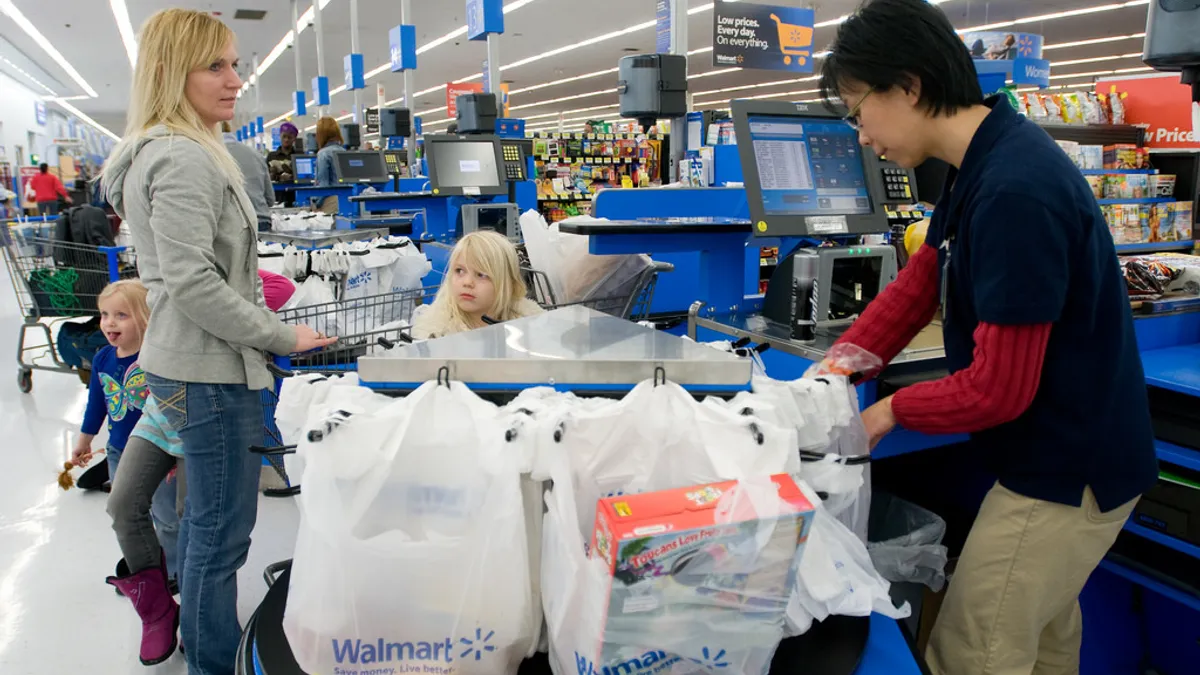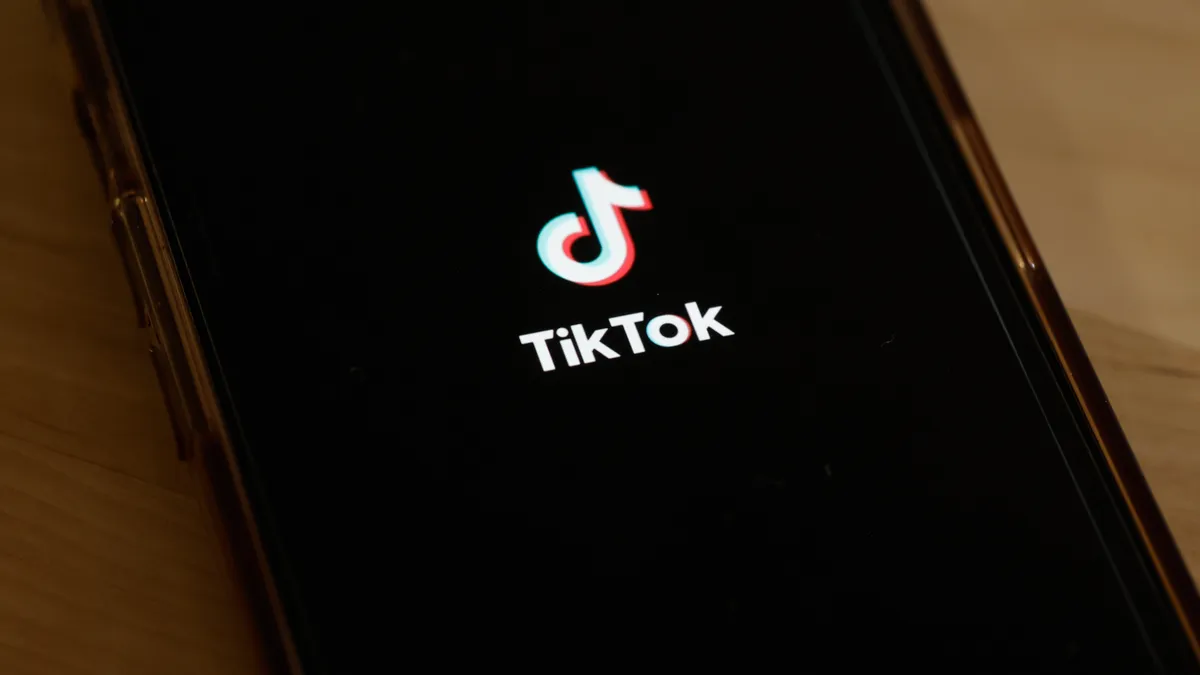With retailers gearing up for another holiday season, now is not the time to experience tech outages.
Target, however, experienced one last week. The temporary outage affected the mass merchant's store registers, mobile app and website, CNBC reported.
All self-checkouts down at Target. Normal resisters still operational... pic.twitter.com/lzyFq7RSE3
— Neil Saunders (@NeilRetail) September 24, 2019
Is the Target website and target app down? I was trying to place a store pickup order. I'm having Target withdrawals ???????????? #targetdown
— AJ (@SATCSamJones) September 24, 2019
In June, Target experienced two unrelated tech issues, which caused customers to experience trouble checking out for nearly two hours on a Saturday and unable to make payments for about 90 minutes the following day. The outages that weekend reportedly could have cost the retailer $100 million in sales.
According to a recent LogicMonitor study, 96% of global IT decision makers have experienced at least one outage in the last three years. The same respondents said that over half of outages and brownouts are avoidable. Additionally, 68% of respondents that work in retail said they believe they will experience a brownout or outage "so severe that it would make national media coverage."
"IT availability has become one of the business world's most valuable commodities, but also the most difficult to maintain," Gadi Oren, vice president of technology evangelism at LogicMonitor, said in a statement. "A single IT outage can have huge negative business impacts including lost revenue and compliance failure, as well as decreased customer satisfaction and a tarnished brand reputation." Monitoring the infrastructure is key to identify any warning signs that an outage may occur, he added.
Although Black Friday is just under two months away, implementing a contingency plan for a potential outage may help prevent a company from losing major sales opportunities. Last Black Friday, J. Crew, Walmart, Lowe's, Ulta and Lululemon all experienced glitches or crashes of some sort.
The discussion forum on RetailWire asked its BrainTrust panel of retail experts the following questions:
-
What do you see as the most common reasons for IT outages and brownouts within retail and consumer-direct brand organizations?
-
How can these incidents be avoided?
Here are eight of the most insightful comments from the discussion. Comments have been edited by Retail Dive for length and clarity.
1. Capacity issues may hinder some retailers come Black Friday
Neil Saunders, Managing Director, GlobalData Retail: One of the issues for some retailers is the fact that systems are, in fact, a patchwork of different technologies and functions added over time. As the demand put on them increases they occasionally fall over. For others, it can be about capacity – which is why a lot of retailers have failures at peak times such as Black Friday.
2. Lack of quality control is the culprit
Paula Rosenblum, Managing Partner, RSR Research: All the reasons listed are the symptoms, but the cause is definitely lack of quality control. It's rare that I find a CIO who understands the nuts and bolts of "keeping the lights on" because everyone has become enamored with the need for speed, failing fast, and other ways to race to keep up with the business.
My own opinion, as a former CIO, is that the art/skill is gradually falling into the dustbin of history. Yes, CIOs are supposed to understand the business. They are also supposed to understand THEIR business. That includes testing, security monitoring and pro-active activities, and fall-back plans in the event of outages.
This is not limited to retail. Remember the implementation of ACA? That was an embarrassment because it missed the bases of IT 101 — have a single party in charge.
3. Unified commerce needs to be implemented
Ken Morris, retail industry thought leader: I believe the root cause of these outages is the complexity created by technology silos. Over the years retailers have created islands of automation that have created a support monster. The solution here is unified commerce, one version of software servicing all channels. Until retailers wake up and embrace this vision we will continue to see these types of outages as it is almost impossible to keep this multi-tiered Frankenstein's Monster running without more people or less complexity.
4. Monitoring performance will lead to long term success
Camille Schuster, President, Global Collaborations, Inc.: Planning, funding, and installing technology are huge issues for retailers. So huge that retailers are worn out and stop thinking about the issue once the technology is up and running. However, the job is not finished at that point. Contingency planning for problems and monitoring performance are also critical tasks for long term success. These activities are often thought to be unnecessary when the vendor promises that specific technology will work and the retailer does not want to spend more money. However, the hit to sales and image can be quite expensive as well.
5. Patience may prevent potential disasters for retailers
Art Suriano, Chief Executive Officer, The TSi Company: A big part of the problem today is that there is less quality checking and testing on just about everything. When it comes to technology, we are in such a rush to get the newest version of software out long before all the bugs are ironed out. Apple's recent release of iOS 13 is a clear example of that. Unfortunately, it has become the new norm, and those working in IT are no different, often due to the pressure from above. When you look at the complexities involved in the day to day activity at a retail chain like Target, it's a wonder there aren't more outages.
We need to accept the fact that either we give all the providers the time they need to make sure everything is working correctly without the bugs or, if we choose to demand everything as soon as possible, we understand that there are going to be problems.
6. Retail outages are more visible to the public
David Dorf, VP Product Strategy, Infor Retail: This isn't just an issue for retail, but it's much more visible to the public when a retailer is impacted. We've become more and more dependent on complex technologies while also reducing IT costs. Unfortunately, I think many retailers look at technology as a necessary evil instead of a market differentiator, and that attitude impacts their funding. Then starved budgets sometimes lead to outages and breaches, both of which end up being very costly.
7. Crashes are unavoidable
Ryan Matthews, Founder and CEO, Black Monk Consulting: First of all, these are huge, complex systems, so crashes shouldn't come as a surprise. Second, they are very visible targets for hackers, and so their integrity is constantly being challenged.
Customers expect these systems to work instantly, perfectly, and certainly without interruption. That's a lot to ask, and failure is inevitable. And this isn't even considering the vagaries associated with the legacy power grids these systems depend on. So these "incidents" can't be avoided, only mitigated.
8. Planning for crashes may mitigate the negative impacts
Ralph Jacobson, Global Retail & CPG Sales Strategist, IBM: I remember POS systems going down in the '80s. Of course this is nothing new. With today's increased quantity of systems in stores, as well as increased workloads for those systems, I'm not surprised the challenges continue.
Bottom line, devise "mini-disaster" plans for contingent operations continuity in case of outages. There are guides online you can find with a simple search.





















